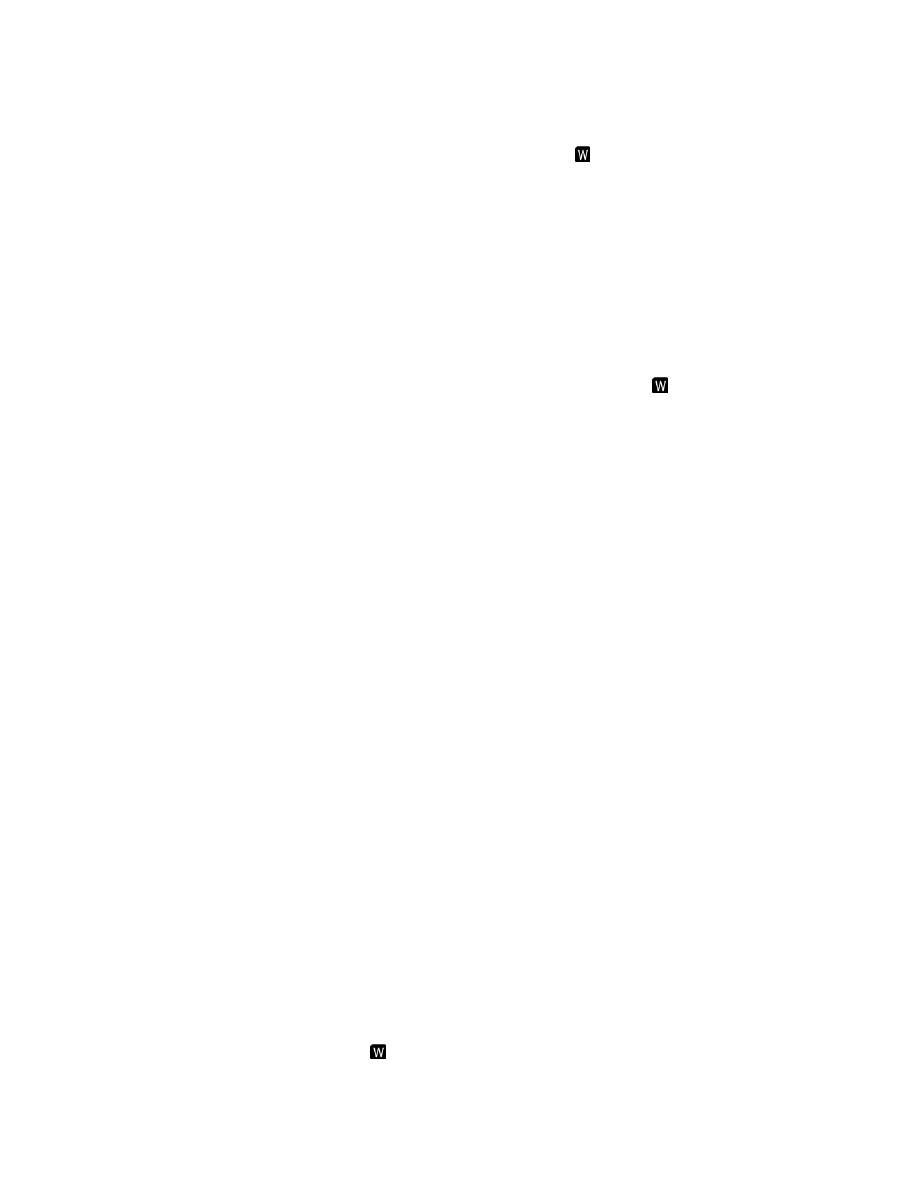
AIM
4/3/14
5−4−25
Arrival Procedures
provide a stabilized descent to the LNAV MDA;
however, extra caution should be used in the visual
segment to ensure a vertical correction is not
required. If the VGSI is aligned with the published
glidepath, and the aircraft instruments indicate on
glidepath, an above or below glidepath indication on
the VGSI may indicate that temperature error is
causing deviations to the glidepath. These deviations
should be considered if the approach is continued
below the MDA.
NOTE
−
Many systems which apply Baro
−VNAV temperature
compensation only correct for cold temperature. In this
case, the high temperature limitation still applies. Also,
temperature compensation may require activation by
maintenance personnel during installation in order to be
functional, even though the system has the feature. Some
systems may have a temperature correction capability, but
correct the Baro
−altimeter all the time, rather than just on
the final, which would create conflicts with other aircraft
if the feature were activated. Pilots should be aware of
compensation capabilities of the system prior to
disregarding the temperature limitations.
NOTE
−
Temperature limitations do not apply to flying the LNAV/
VNAV line of minima using approach certified WAAS
receivers when LPV or LNAV/VNAV are annunciated to be
available.
(g) WAAS Channel Number/Approach ID.
The WAAS Channel Number is an optional
equipment capability that allows the use of a 5−digit
number to select a specific final approach segment
without using the menu method. The Approach ID is
an airport unique 4−character combination for
verifying the selection and extraction of the correct
final approach segment information from the aircraft
database. It is similar to the ILS ident, but displayed
visually rather than aurally. The Approach ID
consists of the letter W for WAAS, the runway
number, and a letter other than L, C or R, which could
be confused with Left, Center and Right, e.g., W35A.
Approach IDs are assigned in the order that WAAS
approaches are built to that runway number at that
airport. The WAAS Channel Number and Approach
ID are displayed in the upper left corner of the
approach procedure pilot briefing.
(h)
At locations where outages of WAAS
vertical guidance may occur daily due to initial
system limitations, a negative W symbol ( ) will be
placed on RNAV (GPS) approach charts. Many of
these outages will be very short in duration, but may
result in the disruption of the vertical portion of the
approach. The symbol indicates that NOTAMs or
Air Traffic advisories are not provided for outages
which occur in the WAAS LNAV/VNAV or LPV
vertical service. Use LNAV or circling minima for
flight planning at these locations, whether as a
destination or alternate. For flight operations at these
locations, when the WAAS avionics indicate that
LNAV/VNAV or LPV service is available, then
vertical guidance may be used to complete the
approach using the displayed level of service. Should
an outage occur during the procedure, reversion to
LNAV minima may be required. As the WAAS
coverage is expanded, the will be removed.
NOTE
−
Properly trained and approved, as required, TSO-C145()
and TSO-C146() equipped users (WAAS users) with and
using approved baro-VNAV equipment may plan for
LNAV/VNAV DA at an alternate airport. Specifically au-
thorized WAAS users with and using approved baro-VNAV
equipment may also plan for RNP 0.3 DA at the alternate
airport as long as the pilot has verified RNP availability
through an approved prediction program.
5
−
4
−
6. Approach Clearance
a.
An aircraft which has been cleared to a holding
fix and subsequently “cleared . . . approach” has not
received new routing. Even though clearance for the
approach may have been issued prior to the aircraft
reaching the holding fix, ATC would expect the pilot
to proceed via the holding fix (his/her last assigned
route), and the feeder route associated with that fix (if
a feeder route is published on the approach chart) to
the initial approach fix (IAF) to commence the
approach. WHEN CLEARED FOR THE
APPROACH, THE PUBLISHED OFF AIRWAY
(FEEDER) ROUTES THAT LEAD FROM THE
EN ROUTE STRUCTURE TO THE IAF ARE PART
OF THE APPROACH CLEARANCE.
b.
If a feeder route to an IAF begins at a fix located
along the route of flight prior to reaching the holding
fix, and clearance for an approach is issued, a pilot
should commence the approach via the published
feeder route; i.e., the aircraft would not be expected
to overfly the feeder route and return to it. The pilot
is expected to commence the approach in a similar
manner at the IAF, if the IAF for the procedure is
located along the route of flight to the holding fix.